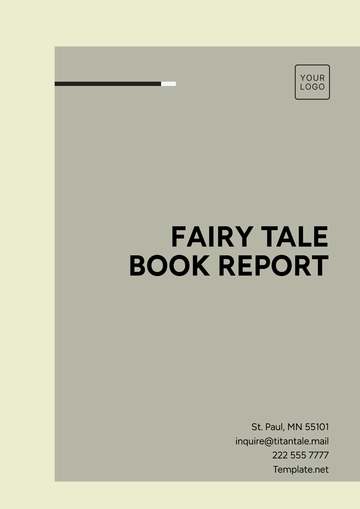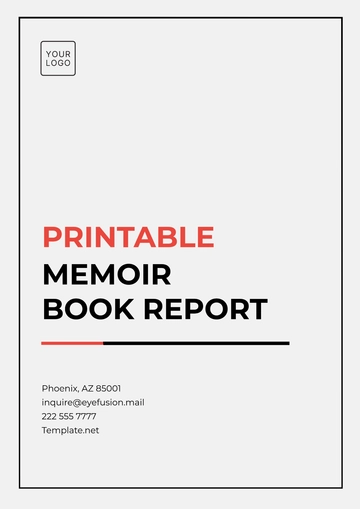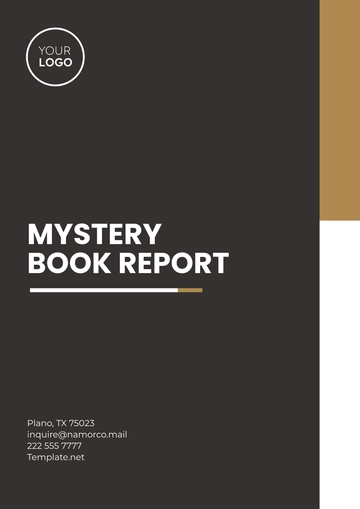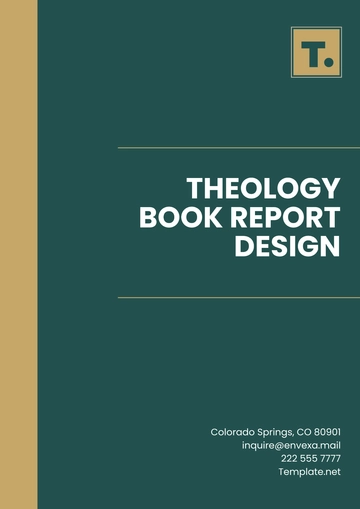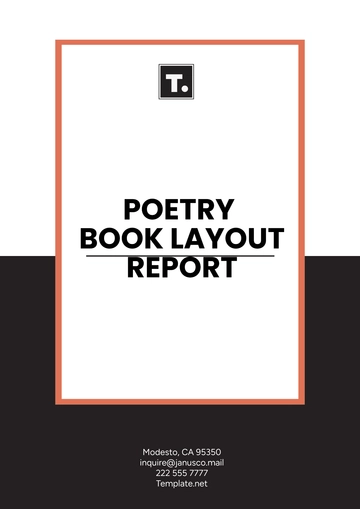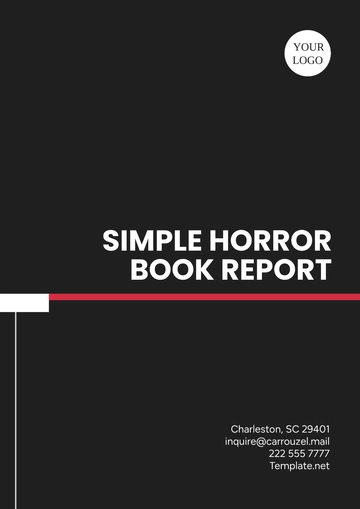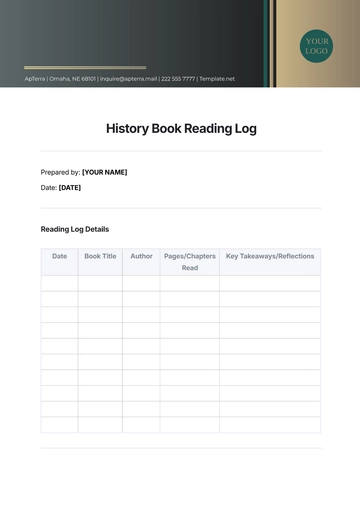Free Comic Strip Book Report

Prepared by: | [Your Name] |
Date: | August 20, 2050 |
I. Title and Author
Title: The Great Gatsby
Author: F. Scott Fitzgerald
II. Summary of the Plot
In the heart of the Roaring Twenties, amidst the lavish parties and opulent lifestyles of Long Island's elite, unfolds the captivating tale of Jay Gatsby. Narrated by the observant Nick Carraway, the story delves into Gatsby's enigmatic persona and his relentless pursuit of the American Dream. Gatsby's sole obsession is Daisy Buchanan, a symbol of wealth and sophistication, who resides across the bay with her husband, Tom. Through Nick's eyes, we witness Gatsby's extravagant parties and his desperate attempts to win back Daisy, whom he loved and lost years ago. As secrets unravel and hidden agendas come to light, the facade of wealth and glamour begins to crumble, leading to a tragic conclusion that exposes the emptiness of the Jazz Age's promises.
III. Character Analysis
A. Jay Gatsby
James Gatz, reinvented as Jay Gatsby, epitomizes the self-made man driven by an unrelenting desire to transcend his humble origins. His mysterious persona and extravagant lifestyle mask a deep longing for the unattainable Daisy, revealing the vulnerability beneath his facade of wealth and success.
B. Daisy Buchanan
Daisy embodies the allure of old money and social status, yet she is trapped in a loveless marriage with Tom Buchanan. Despite her charm and beauty, Daisy is portrayed as shallow and capricious, ultimately choosing security over true love, with devastating consequences for those around her.
C. Nick Carraway
As the moral compass of the story, Nick offers a nuanced perspective on the characters and events unfolding around him. His initial fascination with the glittering world of the elite gradually gives way to disillusionment as he confronts the moral decay and hypocrisy that lurk beneath the surface.
IV. Themes and Motifs
Theme | Motifs |
|---|---|
The American Dream | Wealth, materialism, social status |
Love and Loss | Past vs. present, longing, unrequited love |
Moral Decay | Corruption, dishonesty, the pursuit of pleasure |
V. Setting
East Egg: Nestled along the shores of Long Island Sound, East Egg represents the established aristocracy and inherited wealth. Here, the Buchanans reside in luxurious mansions, insulated from the harsh realities of the world.
West Egg: Across the bay lies West Egg, home to the nouveau riche and those who have acquired their fortunes through enterprise and ambition. Gatsby's extravagant mansion, with its dazzling parties, symbolizes the ostentatious display of newfound wealth.
The Valley of Ashes: A desolate wasteland between West Egg and New York City, the Valley of Ashes serves as a stark contrast to the opulence of East and West Egg. Its industrial landscape, shrouded in dust and smoke, represents the moral and social decay lurking beneath the surface of the Jazz Age.
VI. Author’s Purpose
Through The Great Gatsby, Fitzgerald offers a scathing critique of the superficiality and moral bankruptcy of the Jazz Age. By juxtaposing the glittering facade of wealth and glamour with the underlying emptiness and moral decay, Fitzgerald exposes the hollowness of the American Dream and the corrosive effects of materialism and privilege on society.
VII. Critical Analysis
Fitzgerald's masterful storytelling and evocative imagery transport readers to the decadent world of the Roaring Twenties, where excess and indulgence reign supreme. Through vivid descriptions and symbolic language, he paints a portrait of a society on the brink of collapse, where the pursuit of pleasure and status comes at a devastating cost. The characters' tragic flaws and shattered dreams serve as a poignant reminder of the fragility of human ambition and the fleeting nature of happiness.
VIII. Conclusion
In conclusion, The Great Gatsby stands as a timeless masterpiece of American literature, resonating with readers for generations with its poignant exploration of the human condition. Through its richly drawn characters, vivid imagery, and piercing social commentary, Fitzgerald's magnum opus continues to captivate and provoke, challenging us to confront the illusions that shape our lives and the consequences of our deepest desires.
- 100% Customizable, free editor
- Access 1 Million+ Templates, photo’s & graphics
- Download or share as a template
- Click and replace photos, graphics, text, backgrounds
- Resize, crop, AI write & more
- Access advanced editor
Discover and Elevate the Comic Strip Book Report Template by Template.net. Craft engaging book reports effortlessly with this editable and customizable template. Dive into creativity with our Ai Editor Tool, allowing you to personalize every detail. Transform mundane reports into captivating narratives. Enhance your storytelling prowess today.


